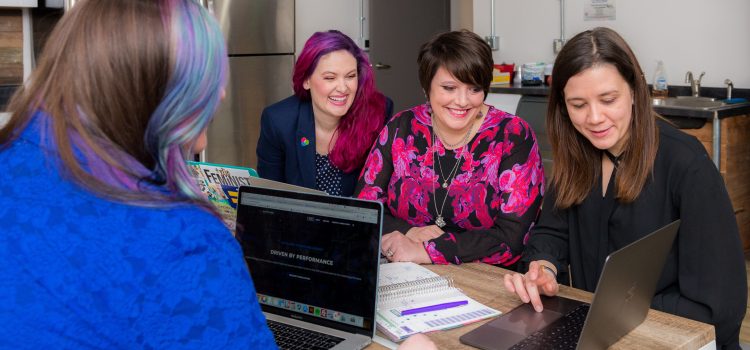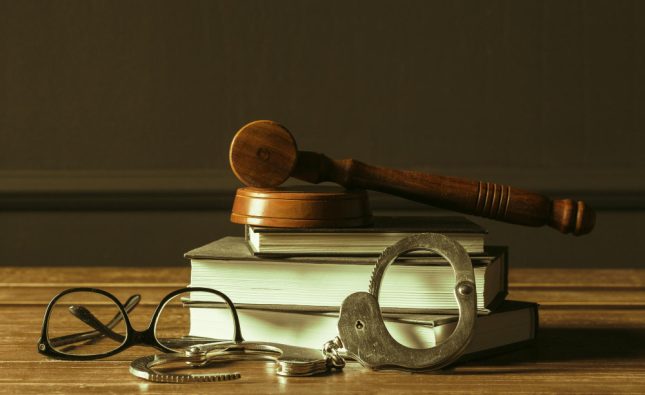
Litigation can be a daunting and stressful process for many, especially when it comes to effectively communicating with judges and juries. However, effective communication is crucial in presenting your case and achieving a favorable outcome. From the art of listening to understanding the power of silence, there are various techniques that every litigant should know in order to communicate persuasively with judges and juries. In this blog post, we will explore these techniques so you can confidently present your case in court. So let’s dive right into it!
Defining Effective Communication
Effective communication can be defined as the ability to convey a message clearly and concisely while considering your audience’s perspective. It involves not only speaking but also listening, observing body language, and understanding non-verbal cues.
Communication is essential in litigation because it allows litigants to present their arguments persuasively. Effective communication skills can help you connect with judges and juries by building rapport, credibility, and trust.
To communicate effectively during litigation, one must first understand the legal terms used in court proceedings. Legal terminology can be complex for those unfamiliar with the law. By familiarizing yourself with these terms beforehand, you will have an easier time communicating your points confidently.
In addition to using clear language, effective communication also requires active listening skills. Active listening involves paying attention to what others are saying without interrupting or judging them prematurely. This skill helps build empathy and trust among litigants which is crucial when trying to persuade judges or juries.
Effective Communication is multi-dimensional; it encompasses various aspects of verbal as well as nonverbal cues that allow people engaged in conversation exchange thoughts more meaningfully than just words alone could ever manage on their own; this includes gestures like facial expressions which play an important role too!
The Art of Listening
The Art of Listening is a crucial skill in effective communication. It involves not only hearing the words being said but also understanding their meaning and context. To truly listen, one must be present in the moment and give their full attention to the speaker.
Active listening requires focus and concentration. It means avoiding distractions such as phones or other conversations happening nearby. One should maintain eye contact with the speaker and acknowledge what they are saying through verbal cues like nodding or saying “mm-hmm.”
However, listening isn’t just about paying attention to what someone is saying; it’s also about understanding where they’re coming from. By putting oneself in another’s shoes and considering their perspective, a listener can gain valuable insights into their thoughts and feelings.
One way to show that you are actively listening is by asking clarifying questions when needed. This shows that you are engaged in the conversation and want to fully understand what is being said.
Mastering The Art of Listening takes practice but can greatly improve communication skills both inside and outside of courtrooms.
The Power of Silence
Silence is often underestimated in the context of effective communication, especially in legal proceedings. In fact, silence can be one of the most powerful tools to use when communicating with judges and juries. When used correctly, it can convey a sense of confidence and control that words alone cannot achieve.
One way silence can be powerful is by allowing others to speak first. This gives you a chance to understand their point of view fully before formulating your response. It also shows respect for the other person’s opinion and creates an atmosphere where both parties feel heard.
Another way silence can be useful is by using it strategically during cross-examination or questioning witnesses. Pausing for a few seconds after asking a question allows the witness time to process what was asked and respond honestly without feeling rushed or pressured.
Silence can also be used as a nonverbal cue to convey confidence and authority. For example, remaining calm and composed while opposing counsel speaks loudly or aggressively sends a message that you are not intimidated.
However, it’s important not to overuse silence as this could come across as aloof or uninterested. The key is knowing when to remain silent versus when to speak up.
Don’t underestimate the power of silence when communicating with judges and juries in legal proceedings. Used effectively, it can help demonstrate confidence, respectfulness towards others’ opinions, strategic thinking skills during cross examination whilst sending messages through body cues about who holds authority over who etcetera..
The Three Phases of a Dispute
In any dispute, there are generally three phases that take place: the pre-trial phase, trial phase and post-trial phase. Each of these phases is critical to the overall outcome of a case.
The pre-trial phase involves gathering evidence, interviewing witnesses and preparing legal arguments. This stage is important as it sets the foundation for the rest of the case. It’s essential to communicate effectively during this stage as it can impact how well-prepared you are when you eventually present your case in court.
The trial phase is when your arguments will be presented before a judge or jury. At this point, effective communication becomes even more crucial as it’s vital to convey your message clearly and concisely to ensure that everyone understands what you’re trying to say.
In the post-trial phase, it’s critical to evaluate the outcome of your case carefully. Effective communication remains necessary during this stage as proper evaluation helps determine whether an appeal should be filed or not.
By understanding each of these three phases and communicating effectively throughout them all, litigants can increase their chances of success in their disputes. Remembering that preparation is key during each stage will help litigants achieve favorable outcomes in their cases.
How to Communicate with Judges and Juries Effectively
When it comes to communicating with judges and juries, there are a few key techniques that can make all the difference in how your case is perceived. First and foremost, it’s important to speak clearly and confidently. Avoid using overly technical language or legal jargon that might confuse or alienate your audience.
Another important aspect of effective communication is understanding the context of the situation. What kind of case are you presenting? Who are the judges and jurors involved? Take these factors into consideration when crafting your message.
Body language also plays a crucial role in effective communication. Make eye contact with your audience, stand up straight, and use natural gestures to emphasize key points. These nonverbal cues can help build trust with judges and juries.
In addition to verbal communication, it’s also important to prepare visual aids such as diagrams or charts that illustrate complex concepts in an easy-to-understand manner. This helps keep everyone on the same page throughout the trial process.
Remember to be respectful at all times – both towards those listening to you as well as opposing counsel. Maintaining a professional demeanor will reflect positively on you and reinforce your credibility as a litigant seeking justice for their client.
Conclusion
Effective communication is a vital skill for any litigant who hopes to effectively communicate their case before judges and juries. As we have highlighted in this blog post, effective communication involves more than just speaking the right words; it requires listening actively, knowing when to stay silent, and understanding the three phases of a dispute.
By mastering these techniques, you can build strong connections with judges and juries while conveying your ideas clearly and persuasively. Remember that effective communication takes practice but is an essential component of success in litigation.
So next time you find yourself communicating your case before a judge or jury, remember what you’ve learned here today – listen actively, use silence strategically, understand the phases of conflict resolution and connect with your audience through clear messaging!










